Category
Soil moisture sensor (SM100)
The SM100 volumetric soil moisture sensor determines soil moisture using two electrodes that function as a capacitor. The soil surrounding the electrodes acts as the dielectric material, and an 80 MHz oscillator drives the capacitor. The sensor measures soil moisture by detecting changes in dielectric permittivity, which is directly influenced by the amount of water in the soil. Water has a significantly higher dielectric permittivity compared to air, soil minerals, or organic matter, allowing the sensor to accurately detect moisture levels.
Advantages:
- Real-time moisture monitoring: With SM100, you can accurately monitor soil moisture levels in real-time, with measurements as frequent as every 1 minute.
- Improved irrigation planning: By tracking the depletion of water in the soil, you can optimize your irrigation schedule and ensure efficient water use.
- Enhanced decision-making: The sensor provides reliable data, helping you assess the impact of rainfall and irrigation on your field over time.
Why choose SM100?
Regular use of the SM100 sensor gives you a clear, long-term picture of soil moisture changes, helping you make informed decisions about water management and crop health.
Installation and Best Practices for the SM100 Soil Moisture Sensor
To ensure accurate measurements, it’s important to carefully choose the sensor placement and correctly install the SM100.
Sensor Placement:
- Place the sensors in the effective root zone of your crops. This will give you a representative view of soil moisture on the field.
- Consider field variability: Areas with different crops, topography, or soil types should be treated as separate soil moisture environments, requiring their own sensors.
- Choose critical points: Select locations that receive the least water from your irrigation system to identify when these areas become critically dry and need attention.
Sensor Positioning:
- For a single sensor, place it in the middle of the root zone.
- For two sensors, place one at the top of the root zone and the other at the bottom to observe water movement through the soil profile.
Installation Tips:
- Ensure good contact between the soil and the sensor. Avoid placing sensors near rocks or air pockets as these will affect reading accuracy.
- Avoid installing sensors near metal, as this can interfere with the sensor’s sensitivity to changes in dielectric permittivity.
Maximizing Sensor Performance:
- Installing multiple sensors at different depths allows you to monitor how well irrigation or rainfall penetrates the soil, giving you better insight into moisture distribution.
Technical Specifications of the SM100 Soil Moisture Sensor
- Datalogger: Compatible with Pinova weather station
- Connector: 3.5 mm stereo pin
- Measurement range: 0% VWC to saturation
- Power supply: 3 to 5V @ 6 to 10mA
- Output: Analog voltage proportional to excitation voltage (0.5 to 1.5 V for 3V excitation)
- Oscillator frequency: 80 MHz
- Resolution: 0.1% VWC
- Accuracy: 3% VWC at EC < 8 mS/cm
- Sensor dimensions: 6 cm x 2 cm x 0.3 cm
- Cable length: 5 m
- Operating temperature range: 0.5°C to 80°C (33°F to 175°F)
For more information on determining soil moisture, see here!
Other products
-
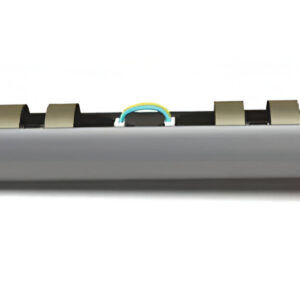
Hydrascout soil moisture probe
Hydrascout – Precizno praćenje vlage tla na više dubina Hydrascout sonda pru...
-
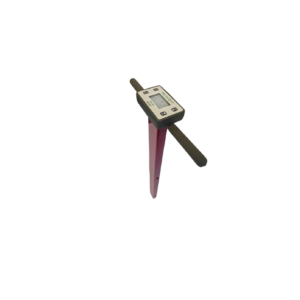
Mobile Soil Moisture Sensor – TDR 350 FieldScout
FieldScout TDR 350 je napredni mobilni senzor vlage tla koji omogućuje precizno...
-
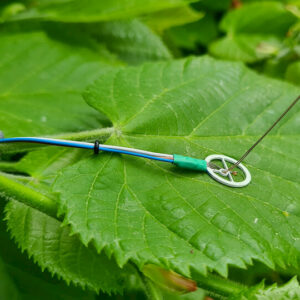
Other Ecomatik sensors
LAT-B3: Broadleaf Temperature and Air Sensor Our LAT-B3 sensor provides direct, ...
-
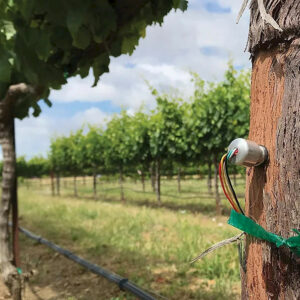
Plant water potential sensor
🌿 Plant Water Potential Sensor – FloraPulse Microtensiometer The FloraP...
-
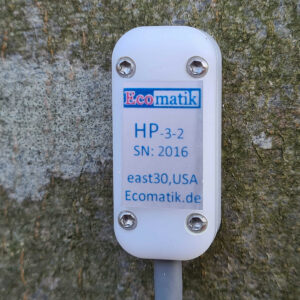
Sap flow sensors
🌿 Sap Flow Sensors – Accurate Monitoring of Liquid Flow in Trees The pr...
-
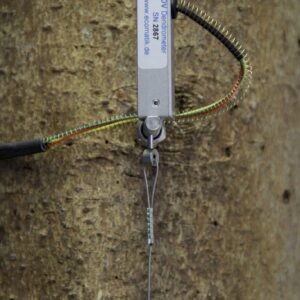
Dendrometer for measuring vertical changes – DV
The DV dendrometer is designed for precise and continuous measurement of vertica...
-
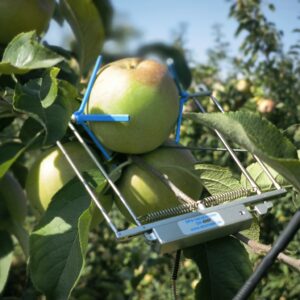
Dendrometer for fruits and vegetables – DF
DF series dendrometers are designed for precise and continuous measurement of fr...
-
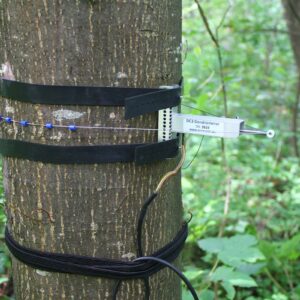
Dendrometer for measuring the circumference – DC
DC series dendrometers are designed for precise and continuous measurement of ch...
-
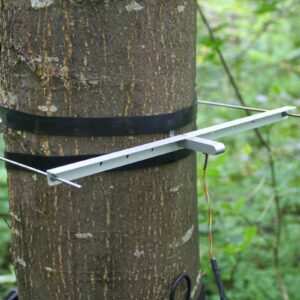
Dendrometer for measuring larger diameters – DD-L
DD-L dendrometers are devices designed for continuous and highly accurate measur...
-
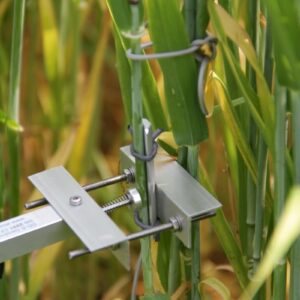
Dendrometer for measuring smaller diameters – DD-S
Dendrometer for Measuring Smaller Diameters – DD-S The DD-S series dendrometer...
-
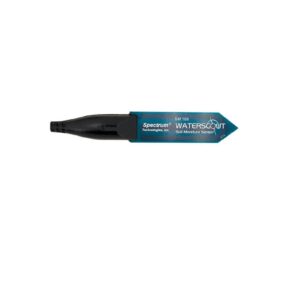
Soil moisture sensor (SM100)
The SM100 volumetric soil moisture sensor determines soil moisture using two ele...
-
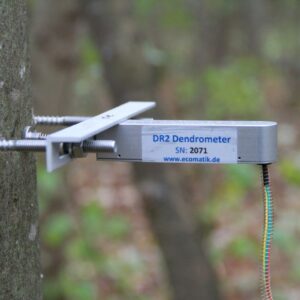
Dendrometer for radius measurement – DR
The DR series dendrometers are used for highly precise and continuous measuremen...






